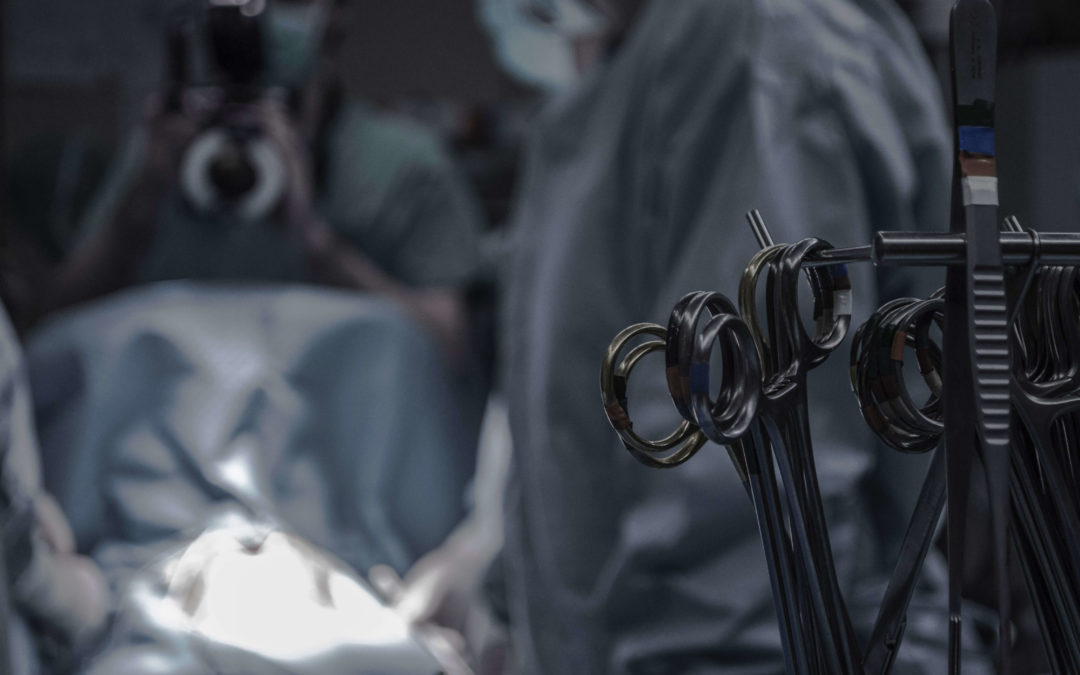Gallstones are not always highly problematic. Usually, if they are not causing you to experience any symptoms, you are fine to leave them alone. However, sometimes there can be an issue that will lead you to have a gallbladder attack or other problems alike, and this means it is time to consult with your doctor. Sometimes the symptoms go away over time, but sometimes they will need to be removed. Below we will discuss the different treatment methods for handling gallstones, as featured in an article on NIDDK.
Surgical
If your gallstones reach a certain point of causing issues, your doctor will likely refer you to a surgeon or gastroenterologist for proper treatment. If they say you need surgery, you will receive a cholecystectomy, which is removal surgery for your gallbladder. Your gallbladder is not an essential organ, and it is okay for you to live without it if need be. There are two different types of cholecystectomy surgeries: laparoscopic cholecystectomy and open cholecystectomy. Mainly every doctor will perform a cholecystectomy with laparoscopy. These are usually completed on an outpatient basis so that people can return to their homes the same day after surgery. Recovery is not very strenuous, and people are generally able to resume physical activity within one week.
If your gallbladder becomes very infected, inflamed, or even scarred from other surgical operations, a doctor will opt to perform an open cholecystectomy instead. This can also be an option that occurs if you start to experience specific issues during your laparoscopic cholecystectomy. This procedure has a more extended recovery period, and most people end up needing to remain in the hospital for about a week. After returning home, your usual physical activity can likely resume after a month or so.
Non-surgical
A doctor will recommend non-surgical treatment to break up your stones in exceptional circumstances, such as a patient containing cholesterol gallstones. One of the methods a doctor will recommend is an Endoscopic retrograde cholangiopancreatography to remove a gallstone lodged in the common bile duct. Next is oral dissolution therapy, which breaks up gallstones using bile acids. Lastly, doctors can also use Shock wave lithotripsy to blast gallstones into tiny pieces.
